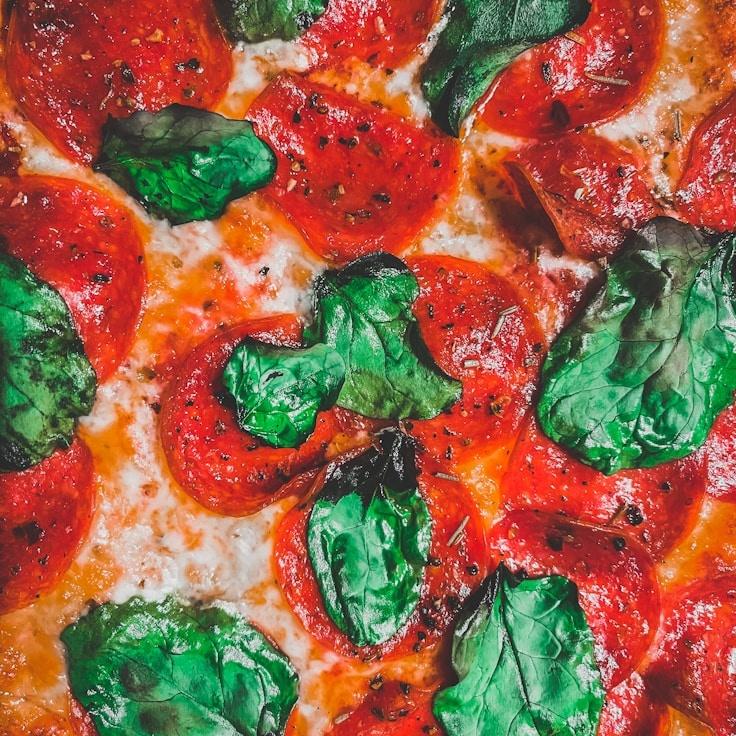Here at GentleHarborVista, we hold the conviction that extraordinary pizza is built on the back of extraordinary dough. With more than 30 years in the dough refinement game, we're thrilled to let you in on some of the key insights we’ve gathered. While the exact nuances of our dough recipe are a closely guarded secret, the following fundamentals will guide you to mimic pizzeria-level pizza dough within the confines of your own kitchen.
The Significance of Flour
A solid pizza dough starts with premium flour. 00 flour is what we advocate for, given its ultra-fine grind and medium protein content—typically about 12%—yielding an ideal mix of stretch and softness. In absence of 00 flour, a viable plan B would be bread flour, notwithstanding a tangible alteration in final texture.
Water's Temperature and Its Role in Hydration
The warmth of your water can have a significant effect on your dough’s fermentation process and its ultimate consistency. For a drawn-out fermentation that enriches flavor profiles, opt for chilled water around 45°F (7°C). Should you prefer a speedier fermentation, tepid water close to 85°F (29°C) is more appropriate. Aim for a hydration ratio—that is, water to flour—that sits tightly within the range of 60-70% for consistent results in typical household ovens.
Yeast Usage and Fermentation Duration
A top tip for a rich-tasting dough is to utilize minimal yeast and ramp up the fermentation time. Only 0.2% fresh yeast in relation to the flour weight suffices for our doughs which ferment for 24-48 hours. This lengthy period fosters the emergence of intricate flavors and ensures the dough will be more digestible.
Salt’s Dual Purpose
Salt is more than just a seasoning—it plays a crucial role in enhancing the gluten matrix and moderating the fermentation. Our advice is to incorporate fine sea salt comprising 2.5-3% of your flour weight. It is best to introduce it once your flour and water have begun to merge so that it does not come in direct contact with the yeast.
The Craft of Fermentation
Following your dough's mixture, a room temperature bulk fermentation for a couple of hours is in order, after which the dough should be divided into separate balls. These should then be sealed within containers and situated in a refrigerator for 24-72 hours. It is during this cold fermentation that the alchemy occurs: enzymes go to work transforming starches to sugars, which doesn't just amplify flavor but also contributes to the golden-brown crusts our pizza is known for.
The Delicate Touch
When it's finally time to craft your pizza, take the dough out from the cold about 1-2 hours before you bake to let it approach room temperature. When shaping, handle the dough with tenderness to maintain the air pockets that have formed, using your fingertips to stretch and press the dough instead of flattening it with a rolling pin, which would deflate those desirable bubbles.
Intense Heat as the Culminating Step
While our own ovens reach soaring temperatures of 850°F (454°C), the max for standard kitchen ovens is about 550°F (288°C). To bridge this gap, make liberal use of a pizza stone or steel, heating it up thoroughly for a minimum of 60 minutes. This will emulate the powerful bottom heat required for that ideal crisp crust with a pillowy interior.
The mastery of pizza dough is an explorative journey with each round of dough offering new insights. Take meticulous notes, tweak the parameters, and find the sweet spot that aligns with your kitchen's unique character.
Keen on witnessing our dough crafting in its full glory? Come along to a session in our pizza workshop run monthly, where Chef Luca will walk you through the minutiae of our technique. Stay updated with our events schedule for the next session!

